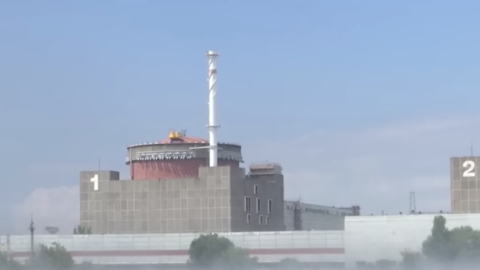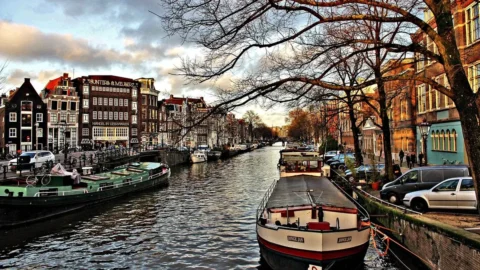The Ukrainian nuclear power plant in Zaporizhzhia has been worrying world public opinion for months due to the risk of an atomic catastrophe. To keep attention Rafael Mariano GrossThe Director General of the International Atomic Energy Agency (IAEA) presented the five-point plan to protect the site from bombing to the UN Security Council. “No attacks from or against the nuclear power plant, not to use the plant as a storage or base for heavy weapons or military personnel, not to endanger the plant's external power supply, to protect against attack or acts of sabotage all structures, systems and components essential for safe and secure operation, take no actioni that compromise these principles”. In essence, the fights must remain outside the central area. The risks following a possible involvement of the structure in military actions are incalculable. As we also know come on national plans against accidents from a nuclear power plant, test indoors, locking doors and windows, disconnecting the electrical systems inside the house, iodo prophylaxis, only serve to lower the radioactive danger. The environment is still contaminated
Nuclear risks in an EU project
The European Commission has dedicated a project to these emergencies that it is preparing to renew. The acronym is MUSA (Management and Uncertainties of Severe Accidents) in order to increase the safety of nuclear reactors. The project ended the other day, it involved hundreds of researchers, including two from the University of Pisa: Professor Sandro Paci and the Doctor Michelle Angelucci. Let's start from the beginning. The construction or management of a power station raises concerns above all for the accidents that can occur. It is a generalized fear that must be tackled with the tools of scientific research, which luckily hasn't stopped even in Italy. The choice of many countries to start projects for sites with third generation nuclear power is accompanied by projects on plant safety. One of the issues addressed by MUSA was the uncertainty in the assessment of radioactive releases to the external environment. Paci and Angelucci explain it like this the sense of the project: “In the constant efforts to increase the safety of nuclear plants to the highest standards also following the Fukushima accident in March 2011, the need to evaluate the methodologies applied in the simulations of severe accidents with damage to nuclear fuel has emerged”. We also need to evaluate the ability of computer codes to analyze certain types of accidents. Understand the models of the different scenarios in which second and third generation nuclear reactors are found. To this end, researchers tested different methodologies for quantifying uncertainties. They applied innovative measures to deal with a possible accident. People are never quiet enough. But it is exactly the release of radioactivity on people and things that frighten and develop opposition to the construction of new plants. The globalized world faces scenarios, now apocalyptic, now regeneration for the benefit of young people. There is no single address, but the money goes from China to Africa. The debate if have or no third generation power plants to address the energy transition, is open. It goes without saying that there are countries that fear falling behind in technologies and in the use of now suspect sources. The way of quantifying the uncertainties due to accidents is still undefined. It is essential to have scientific data and to disclose the contents of prevention or emergency measures. It is not uncommon cases in which policy makers and opinion makers they argue without having awareness of the matter. MUSA was valid from the point of view of scientific investigation. He created a new database on how to evaluate radioactive releases to the outside world. It is obvious that a project or favorable articles are not enough to change ideas, prejudices and anxieties about the atom. In the project about the culture of emergencies, it was Prof. Paci himself who presented three popular "educational modules" on the phenomenologies of severe accidents. A positive and reassuring balance, as long as they always tell the general public things clearly. All that remains is to wait for the green light from the EU Commission to continue the project which already has the name of INNOMUSA. It will also be useful for Ukraine.





